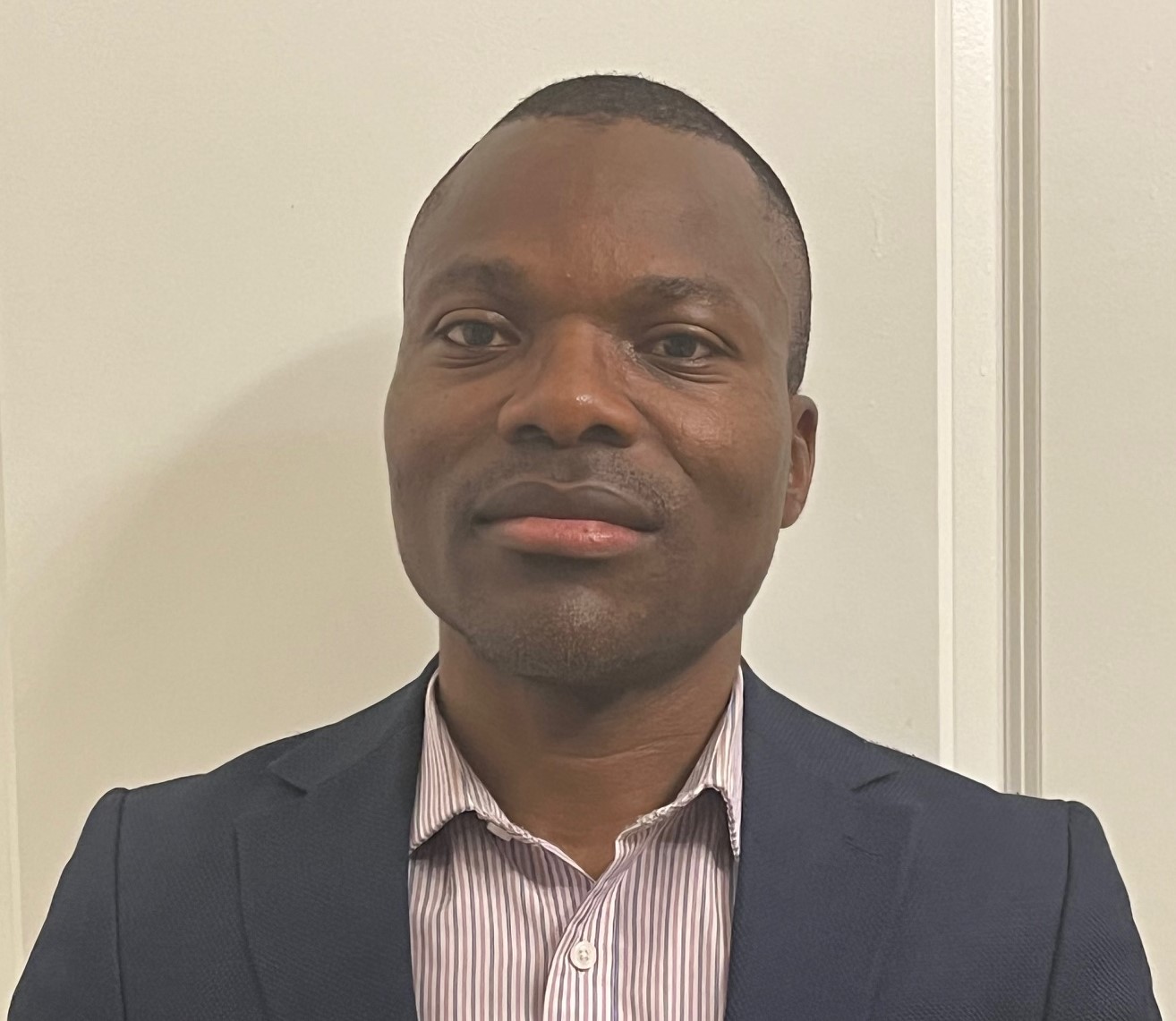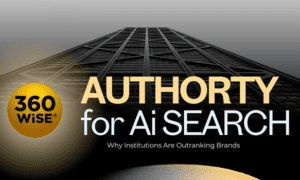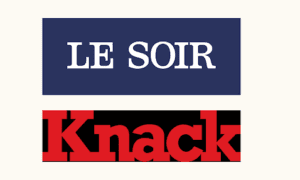In a time when financial fraud has become more elusive, compliance standards more demanding, and the speed of transactional data virtually unmanageable, the field of auditing finds itself at a critical inflection point. Into this growing complexity steps Oluwatosin Ilori, a graduate researcher from Texas A&M University whose newly published model of AI-driven audit analytics has been hailed by industry experts as a paradigm shift for the future of risk detection and regulatory compliance. His comprehensive framework, presented in a peer-reviewed article titled “AI-Driven Audit Analytics: A Conceptual Model for Real-Time Risk Detection and Compliance Monitoring”, was published in the Finance & Accounting Research Journal, Volume 5, Issue 12, December 2023.
Unlike most theoretical contributions, Ilori’s model proposes an immediately actionable and technically robust solution to some of the most pressing challenges facing today’s audit landscape. Designed as a five-layer architecture, the model fuses artificial intelligence (AI) and machine learning (ML) capabilities into the core functions of the audit lifecycle—from data ingestion to real-time anomaly detection and executive decision-making. In doing so, it positions audit teams, compliance officers, regulators, and stakeholders to respond not only faster to evolving threats, but with a level of precision, scalability, and legal defensibility that conventional audit methods cannot offer.

Oluwatosin Ilori
At its core, Ilori’s model addresses a critical gap in the current audit ecosystem: the overwhelming delay between when irregularities occur and when they are discovered. Traditionally, audits have operated on a retrospective, sample-based system that often identifies issues long after financial damage has been done. Ilori’s AI-driven approach eliminates this lag by establishing a continuous, intelligent monitoring system capable of flagging risks and anomalies the moment they emerge. This transformation is not merely technical—it is strategic, with implications that span finance, healthcare, government, and beyond.
The model is structured into five distinct but interrelated layers: data acquisition, preprocessing, analytical modeling, real-time anomaly detection, and decision support. Each layer performs a mission-critical function in converting vast, high-velocity data into reliable audit intelligence. The data acquisition component draws on diverse enterprise systems—ranging from ERP platforms and financial ledgers to external regulatory feeds and supply chain logs. Using technologies like Apache Kafka and AWS Kinesis, the system captures streaming data continuously, ensuring low latency and minimal blind spots.
Once captured, data flows into the preprocessing layer, which applies data cleaning, transformation, feature engineering, and dimensionality reduction. This ensures that information is accurate, complete, and suitable for analytical modeling. Techniques such as Principal Component Analysis (PCA) are used to reduce computational burden without sacrificing predictive power. The model then advances to the analytical modeling layer, where supervised algorithms such as support vector machines (SVM), random forests, and gradient boosting methods are used to detect known patterns of fraud or control failures. When labeled data is unavailable, unsupervised learning methods such as k-means clustering and isolation forests are deployed to reveal latent anomalies in operational behavior.
In the fourth layer, Ilori integrates real-time anomaly detection, enabling institutions to continuously monitor transaction flows, identify deviations from established norms, and trigger alerts based on dynamic risk thresholds. The fifth and final layer—decision support—acts as the interface between machine intelligence and human judgment. Here, findings are translated into visual dashboards, prioritized alerts, and risk scores, allowing auditors and compliance officers to act swiftly, decisively, and in full alignment with regulatory requirements.
Beyond its technical depth, what distinguishes Ilori’s contribution is its built-in commitment to transparency and accountability through Explainable AI (XAI). As organizations increasingly rely on algorithmic insights, regulators and stakeholders demand explanations for every flagged transaction or risk classification. Ilori’s model integrates SHAP (Shapley Additive Explanations) and LIME (Local Interpretable Model-Agnostic Explanations), which allow auditors to understand the rationale behind each AI-generated decision. These capabilities are essential not only for internal trust but for meeting compliance obligations under laws such as the Sarbanes-Oxley Act (SOX), the General Data Protection Regulation (GDPR), and emerging AI governance legislation.
Ilori’s methodology is equally rigorous. Drawing on the PRISMA framework for systematic literature reviews, he analyzed over 120 research outputs and synthesized 41 peer-reviewed studies into a unified model that reflects both the best practices and emerging frontiers in audit technology. This foundation gives his framework the scholarly weight and technical credibility to serve as a blueprint for future industry-wide adoption.
As financial institutions grapple with increasingly sophisticated threats—ranging from cyber fraud and money laundering to noncompliant disclosures and third-party risk—Ilori’s model promises to serve as a real-time defense mechanism that embeds intelligence into every layer of enterprise oversight. Within banks, the model can monitor internal controls, validate transaction authenticity, and identify behavior indicative of policy circumvention. In healthcare, it can prevent billing irregularities, such as upcoding and unbundling, by analyzing reimbursement codes and claims data prior to submission. In government, it will enhance fiscal transparency by detecting procurement fraud, collusive bidding, and irregular payment cycles across departments and agencies.
Experts in the field argue that Ilori’s work does more than provide a new tool—it defines a new audit paradigm. By transitioning from a passive to an active, real-time audit architecture, his model enables institutions to identify threats before they metastasize, thereby reducing financial exposure, reputational damage, and legal liability. It is this predictive edge—backed by automation, scalability, and explainability—that makes the model a candidate for national relevance and institutional adoption.
Crucially, Ilori does not view artificial intelligence as a replacement for auditors but as an augmentation of their expertise. His model embeds “human-in-the-loop” mechanisms throughout, ensuring that professional skepticism, ethical judgment, and organizational knowledge remain central to the audit process. AI becomes a decision-support engine—not a decision-maker. This balance allows the model to preserve audit independence while accelerating the identification and mitigation of systemic risk.
Security and privacy are also core design principles. The model adheres to zero-trust architecture, role-based access control, and end-to-end encryption. It can be deployed in private cloud environments or on-premise infrastructures to meet the most stringent data residency requirements. Techniques such as federated learning and differential privacy are included to allow machine learning without compromising sensitive data—making the model especially valuable in healthcare and finance, where compliance with HIPAA and GLBA standards is non-negotiable.
From a deployment standpoint, Ilori’s model is built for scalability and customization. It can be modularly adopted—starting with batch analytics in the modeling layer and later expanding to real-time anomaly detection—allowing organizations to evolve their audit maturity over time. It is also designed to interface with existing enterprise software such as SAP, Oracle, Salesforce, and Microsoft Dynamics, minimizing integration barriers. Through APIs and connectors, it allows seamless data exchange between audit systems, case management tools, and regulatory reporting platforms.
The potential for broad impact is clear. With U.S. regulators like the SEC and PCAOB increasingly advocating for continuous auditing and dynamic control testing, Ilori’s model directly addresses national policy priorities. At the same time, the model aligns with global trends in audit digitization, including efforts by the International Auditing and Assurance Standards Board (IAASB) to modernize assurance standards in light of technological disruption.
Ilori has signaled that pilot implementations are already being planned in both Canadian and U.S. institutions. Initial focus areas include banking, public sector procurement, and healthcare reimbursement compliance—domains where high transaction volumes, regulatory scrutiny, and public accountability intersect. Early partnerships with audit firms and internal audit departments are also underway to refine the model’s user interface, test scalability under real-world conditions, and train staff on new hybrid workflows.
If early results match the model’s conceptual promise, Ilori’s work may not just complement existing frameworks—it may drive the next iteration of them. Experts predict that within the next five years, models based on this architecture will become the foundation of audit digitization strategies across mid-size and large organizations, particularly in sectors vulnerable to complex risk and compliance mandates.
In a financial and regulatory landscape increasingly shaped by complexity, uncertainty, and data overload, Oluwatosin Ilori’s AI-driven audit framework stands out as a solution of clarity, foresight, and national relevance. It is a tool built not only for the challenges of today, but for the transformations of tomorrow—anchored in academic rigor, driven by technological innovation, and guided by a profound understanding of what modern auditing demands.
As institutions seek to fortify their governance structures and meet the dual demands of accountability and agility, Ilori’s model offers more than efficiency. It offers resilience. In doing so, it marks a critical step toward ensuring that the future of auditing is not only automated and intelligent—but also transparent, ethical, and unquestionably trustworthy.


































